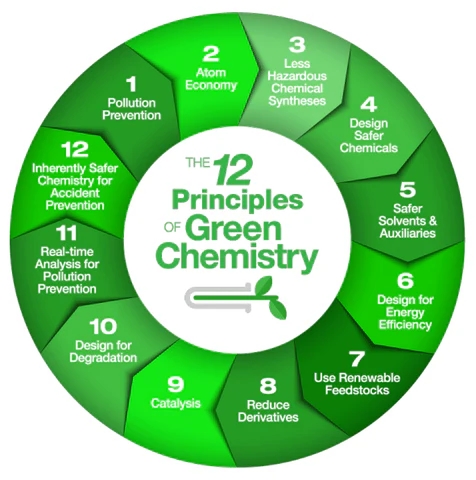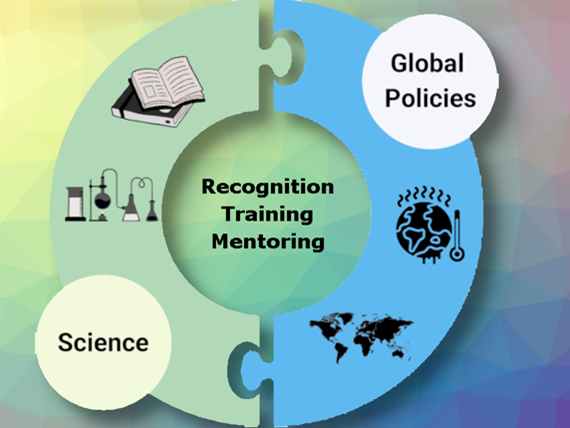By Maggie Wang, Social Media Executive for the Green Chemistry Initiative at the University of Toronto
We often think of green chemistry as something that happens in the lab: using catalysts to conserve energy and reactants, closing fume hoods when not in use, designing more efficient reaction pathways to reduce waste. Yet, policy plays a significant role in supporting the adoption of green chemistry in industry, education, and by the public – in fact the very field of green chemistry was conceived at the US Environmental Protection Agency. Through providing incentives to move away from/towards certain types of chemistry, policy can motivate research, development, and innovation in the direction of greener practices in chemistry. In short, chemical policy drives a demand for safer alternatives, while the science of green chemistry provides the solutions.

It’s easy to confuse green chemistry with sustainable chemical policy, but policy follows the development of science. Advancements in green chemistry require improvements in existing processes, such as using a less hazardous reagent, reducing waste, or using less energy. So green chemists must first invent a technology that can make a material or process greener, and then chemicals policy can be implemented to facilitate the adoption of these practices. Thus, when the two—green chemistry practices in the lab and chemicals policy that promotes green chemistry—intersect, green chemistry advances.
Once these green chemistry practices are developed, how can we use policy to further the implementation of green chemistry beyond the lab? Poorly designed policies can serve as barriers to green chemistry, and currently, green chemistry faces several challenges: mainly, a lack of education that focuses on green chemistry, and a lack of financial incentives that motivate the chemicals industry to move towards greener chemistry practices.

To bridge these gaps and advance green chemistry, we need increased collaboration between green chemists and policymakers to create policy that motivates industry investment in the design/production of green chemistry processes/materials, and an organized effort to integrate green chemistry into chemistry education to develop a workforce that can implement the technologies and processes of green chemistry.
References:
Anastas, P.; Eghbali, N. Green Chemistry: Principles and Practice. Chem. Soc. Rev. 2009,39,
301-312. DOI: 10.1039/B918763B
Cannon, A. S.; Warner, J. C. The Science of Green Chemistry and its Role in Chemicals Policy and Educational Reform. New Solutions. 2011, 21 (3), 499-517. DOI: 10.2190/NS.21.3.m
Jarvis, E. A. A. Green Chemistry in United States Science Policy. Green Chem. Lett. and Rev. 2019, 12 (2), 161-167. DOI: 10.1080/17518253.2019.1609599
Maxim, L. The Birth of Green Chemistry: A Political History. Science, Tech., & Human Values. 2023. DOI: 10.1177/01622439231203063
Tickner, J.; Giraud, R. The Role of Policy in Green Chemistry Research & Adoption. Presented at the Green Chemistry & Commerce CouncilGreen Chemistry Education Webinar Series. June 16, 2015.


